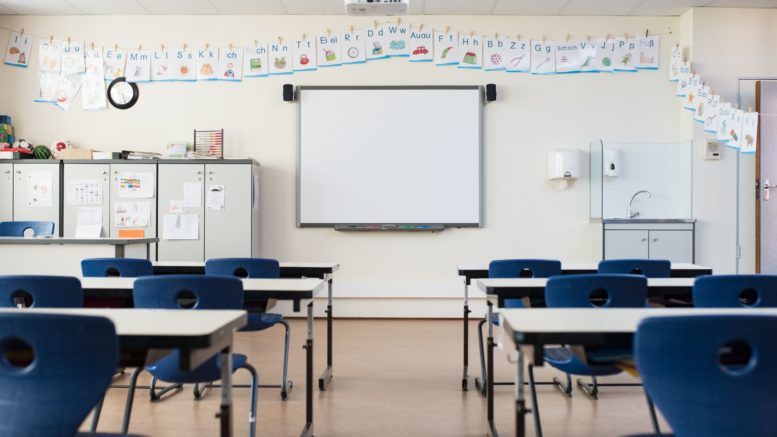The consequences of school closures for children’s health are profound, but existing evidence on their effectiveness in limiting severe acute respiratory syndrome coronavirus 2 transmission is unsettled. Zimmerman, et al. (2021) sought to determine the independent associations of voluntary behavioral change, school closures, and bans on large gatherings with the incidence and mortality due to coronavirus disease 2019 (COVID-19).
This population-based, interrupted-time-series analysis of lagged independent variables used publicly available observational data from U.S. states during a 60-day period from March 8 to May 18, 2020. The behavioral measures were collected from anonymized cell phone or internet data for individuals in the U.S. and compared with a baseline of Jan. 3 to Feb. 6, 2020. Estimates were also controlled for several state-level characteristics.
During the study period, the rate of restaurant dining declined from 1 year earlier by a mean (SD) of 98.3% (5.2%) during the study period. Time at work declined by a mean (SD) of 40.0% (7.9%); time at home increased by a mean (SD) of 15.4% (3.7%). In fully adjusted models, a delay of 1 day in implementing mandatory school closures was associated with a 3.5% reduction (incidence rate ratio [IRR], 0.965; 95% CI, 0.946-0.984) in incidence, whereas each day of delay in behavioral change was associated with a 9.3% reduction (IRR, 0.907; 95% CI, 0.890-0.925) in incidence. For mortality, each day of delay in school closures was associated with a subsequent 3.8% reduction (IRR, 0.962; 95% CI, 0.926-0.998), and each day of delay in behavioral change was associated with a 9.8% reduction (IRR, 0.902; 95% CI, 0.869-0.936). Simulations suggest that a 2-week delay in school closures alone would have been associated with an additional 23 000 (95% CI, 2000-62 000) deaths, whereas a 2-week delay in voluntary behavioral change with school closures remaining the same would have been associated with an additional 140 000 (95% CI, 65 000-294 000) deaths.
The researchers conclude that in light of the harm to children of closing schools, these findings suggest that policy makers should consider better leveraging the public’s willingness to protect itself through voluntary behavioral change.
Reference: Zimmerman FJ and Anderson NW. Association of the Timing of School Closings and Behavioral Changes With the Evolution of the Coronavirus Disease 2019 Pandemic in the US. JAMA Pediatrics. February 22, 2021. doi:10.1001/jamapediatrics.2020.6371

Be the first to comment on "Association of the Timing of School Closings and Behavioral Changes With the Evolution of the Pandemic"